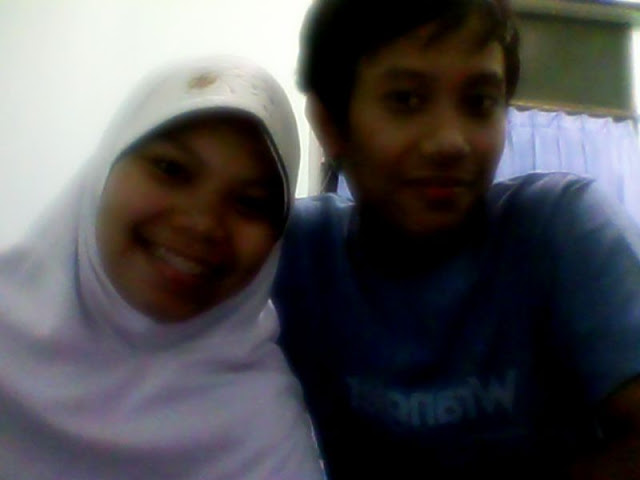A spectrum obtained using a glass prism and a point source is a continuum of wavelengths without bands. The number of colours that the human eye is able to distinguish in a spectrum is in the order of 100. Accordingly, the Munsell colour system (a 20th century system for numerically describing colours, based on equal steps for human visual perception) distinguishes 100 hues. The apparent discreteness of primary colours is an artefact of human perception and the exact number of primary colours is a somewhat arbitrary choice. The human brain tends to divide them into a small number—often seven—of primary colours.
The seven primary colours
|
||||||
Newton originally (1672) divided the spectrum
into five primary
colours: red, yellow, green, blue and violet. Later he included orange and indigo, giving seven
primary colours by analogy to the number of notes in a musical scale.[ Note
that what Newton called blue and indigo are what we call cyanand blue today respectively.
The
colour pattern of a rainbow is different from a spectrum, and the colours are
less saturated. There is spectral smearing in a rainbow owing to the fact that
for any particular wavelength, there is a distribution of exit angles, rather
than a single unvarying angle. In
addition, a rainbow is a blurred version of the bow obtained from a point
source, because the disk diameter of the sun (0.5°) cannot be neglected
compared to the width of a rainbow (2°). The number of colour bands of a
rainbow may therefore be different from the number of bands in a spectrum,
especially if the droplets are either large or small. Therefore, the number of
colours of a rainbow is variable. If, however, the word rainbow is
used inaccurately to mean spectrum, it is the number
of primary colours in the spectrum.
The light is first refracted entering the surface of the raindrop, reflected off
the back of the drop, and again refracted as it leaves the drop. The overall
effect is that the incoming light is reflected back over a wide range of angles, with the most
intense light at an angle of 40–42°. The angle is independent of the size of
the drop, but does depend on its refractive
index. Seawater has a higher refractive index than rain water, so
the radius of a "rainbow" in sea spray is smaller than a true
rainbow. This is visible to the naked eye by a misalignment of these bows.
The amount by
which light is refracted depends upon its wavelength,
and hence its colour. This effect is called dispersion. Blue light (shorter wavelength) is
refracted at a greater angle than red light, but due to the reflection of light
rays from the back of the droplet, the blue light emerges from the droplet at a
smaller angle to the original incident white light ray than the red light. Due
to this angle, blue is seen on the inside of the arc of the primary rainbow,
and red on the outside.
The light at
the back of the raindrop does not undergo total internal reflection, and some light does
emerge from the back. However, light coming out the back of the raindrop does
not create a rainbow between the observer and the Sun because spectra emitted
from the back of the raindrop do not have a maximum of intensity, as the other
visible rainbows do, and thus the colours blend together rather than forming a
rainbow.
A rainbow does
not actually exist at a particular location in the sky. Its apparent position
depends on the observer's location and the position of the Sun. All raindrops
refract and reflect the sunlight in the same way, but only the light from some
raindrops reaches the observer's eye. This light is what constitutes the
rainbow for that observer. The bow is centred on the shadow of the observer's
head, or more exactly at the antisolar point (which is below the horizon during the daytime), and forms a
circle at an angle of 40–42° to the line between the observer's head and its
shadow. As a result, if the Sun is higher than 42°, then the rainbow is below
the horizon and usually cannot be seen as there are not usually sufficient
raindrops between the horizon (that is: eye height) and the ground, to
contribute. Exceptions occur when the observer is high above the ground, for
example in an aeroplane (see above), on top of a mountain, or above a
waterfall.
Alright, guys postingan tentang pelangi udah selesai. Selanjutnya, gw bakal nge-post (masih) tentang pengetahuan umum yang gak boring. Mau tau apa? Tetap setia yah baca blog ini walaupun yang punya jarang update blog.
Me and my brother
Source : http://en.wikipedia.org/wiki/Rainbow







